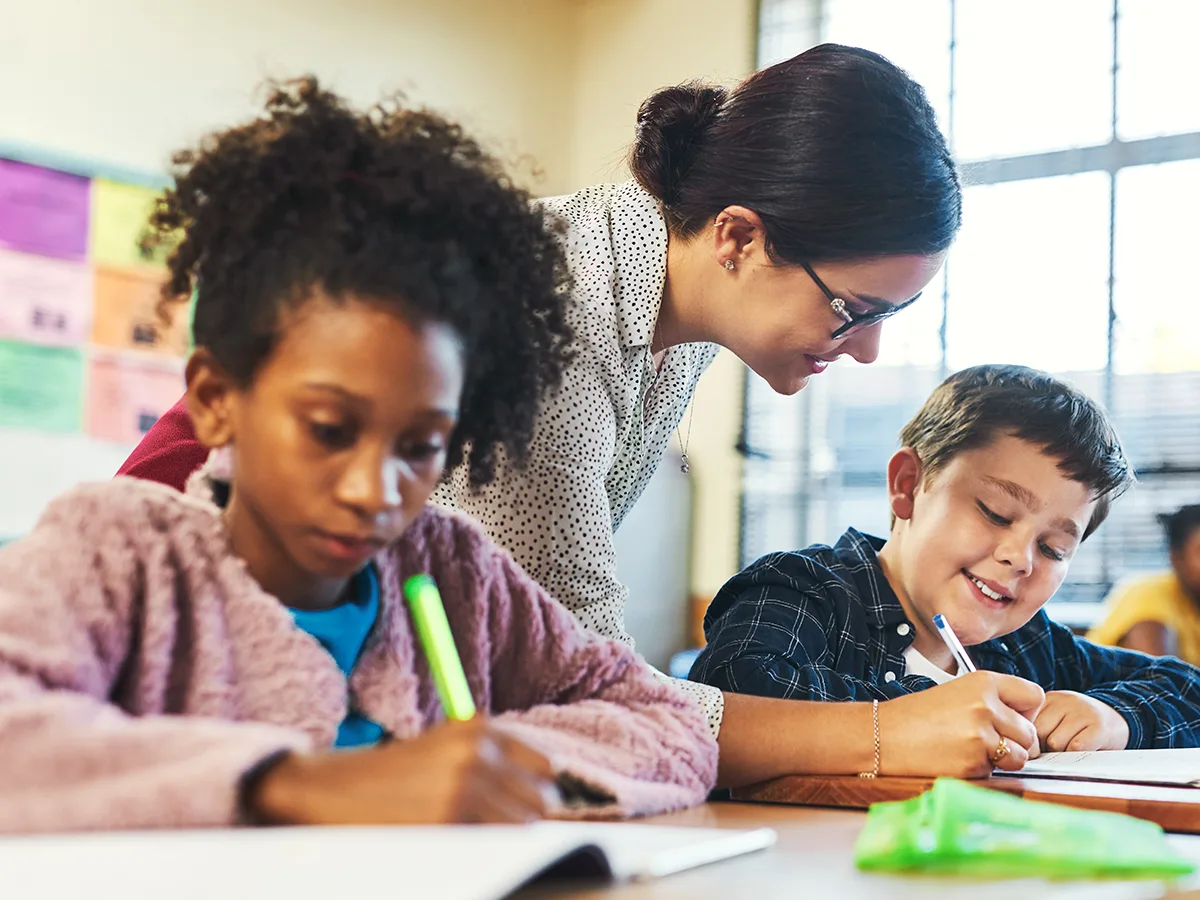What is Child Find?

At a glance
Under federal law, public schools must look for, find, and evaluate kids who need special education.
This is called Child Find, and it covers kids from birth through age 21.
It applies to all kids, including those who are homeschooled or in private schools, plus kids who are migrants or without homes.
Public schools have a big responsibility—they must identify, locate, and evaluate any kids who need special education. This is called “Child Find.” Looking for and finding these kids is an important first step toward getting them the help they need to thrive in school.
When a school knows, or thinks a child could have a disability, it must evaluate the child. Child Find applies to kids from birth to age 21. It can cover kids with learning and thinking differences, developmental delays, and other conditions.
It’s not enough for public schools to look only at current students. They must also seek out kids in migrant families and those without homes. You might be surprised to learn that they’re even responsible for finding kids who are homeschooled or in private schools.
Child Find is part of the federal Individuals with Disabilities Education Act. The purpose of the law is to serve the education needs of kids with disabilities. Each state and its public schools must have policies and procedures for finding these kids. They must also develop practical methods to identify which kids qualify for special education and related services.
All public K-12 schools have evaluation systems. Also, all states have early intervention programs to serve infants and toddlers who haven’t started school. There are also referrals for kids in in foster care or juvenile justice who may need help.
Dive deeper
How Child Find works
What happens when an evaluation is requested
When schools don’t follow Child Find


